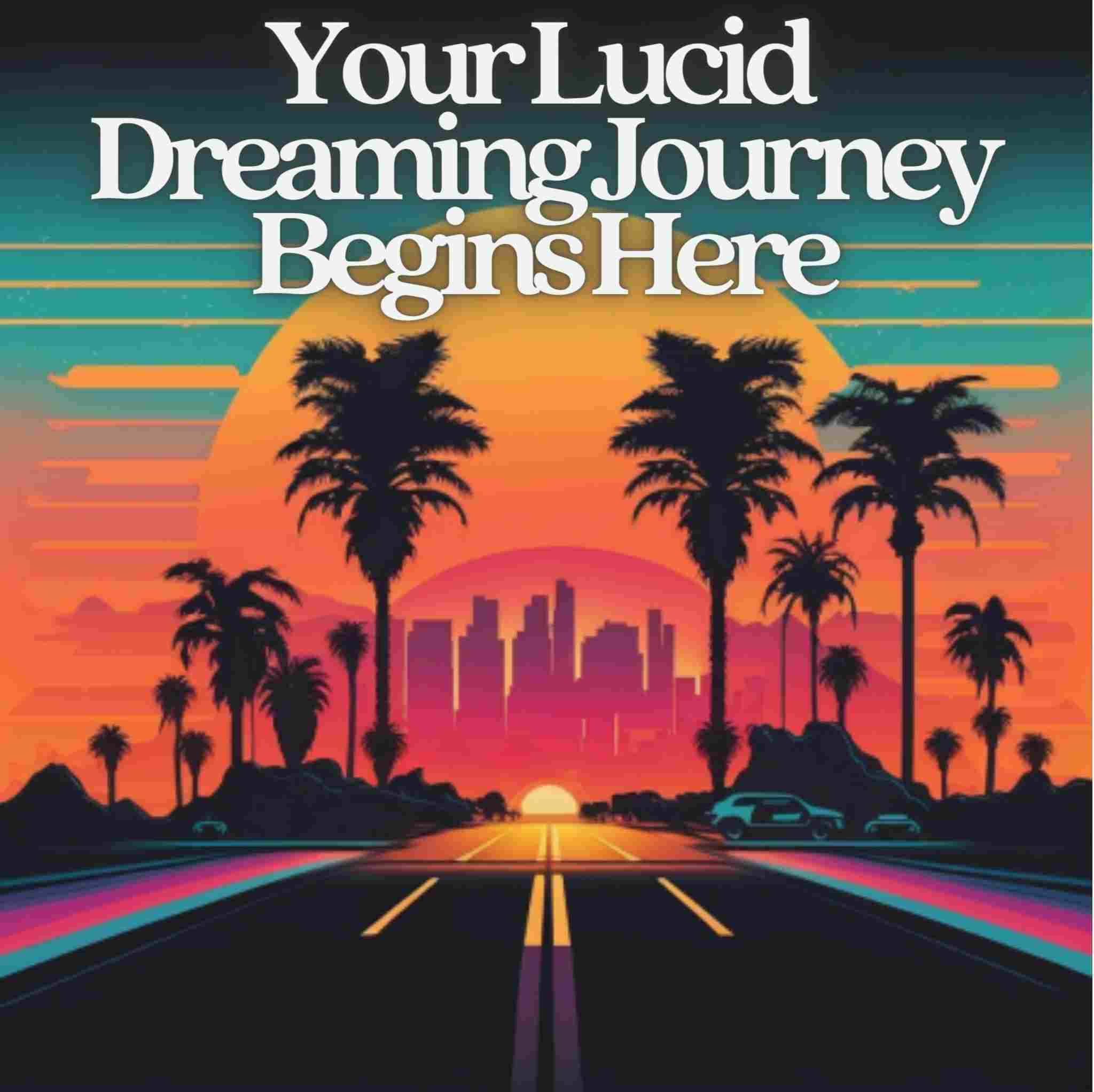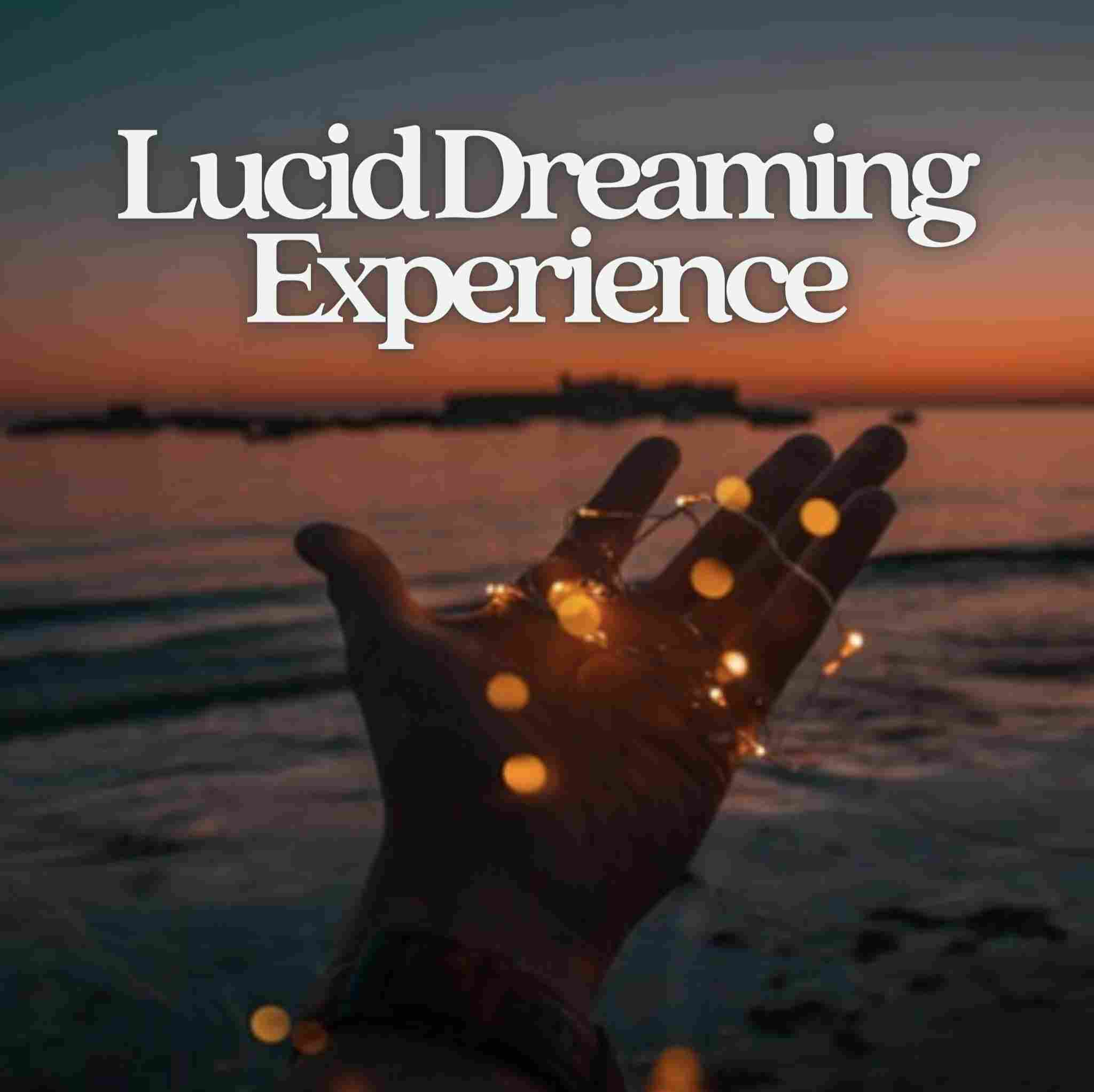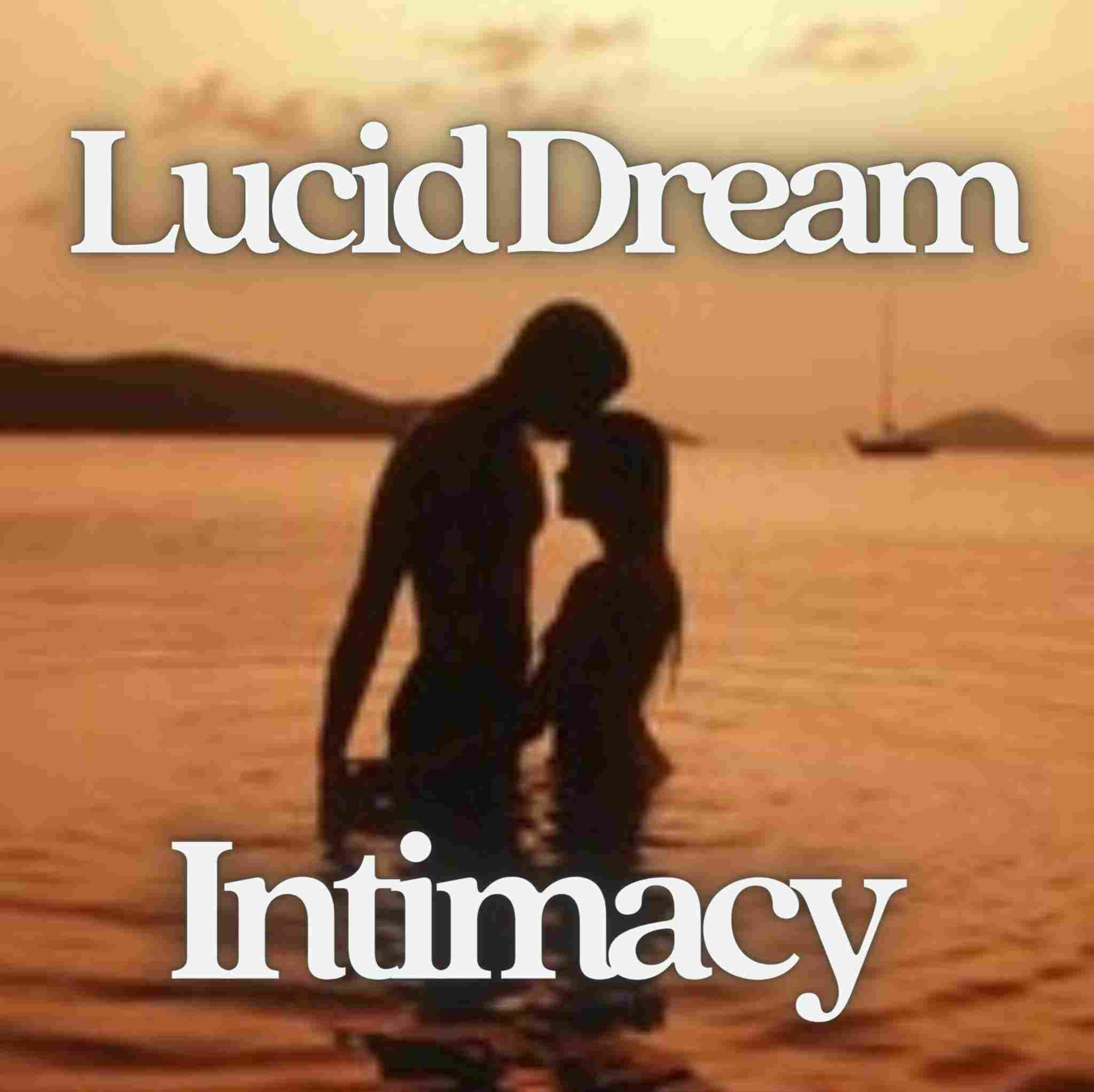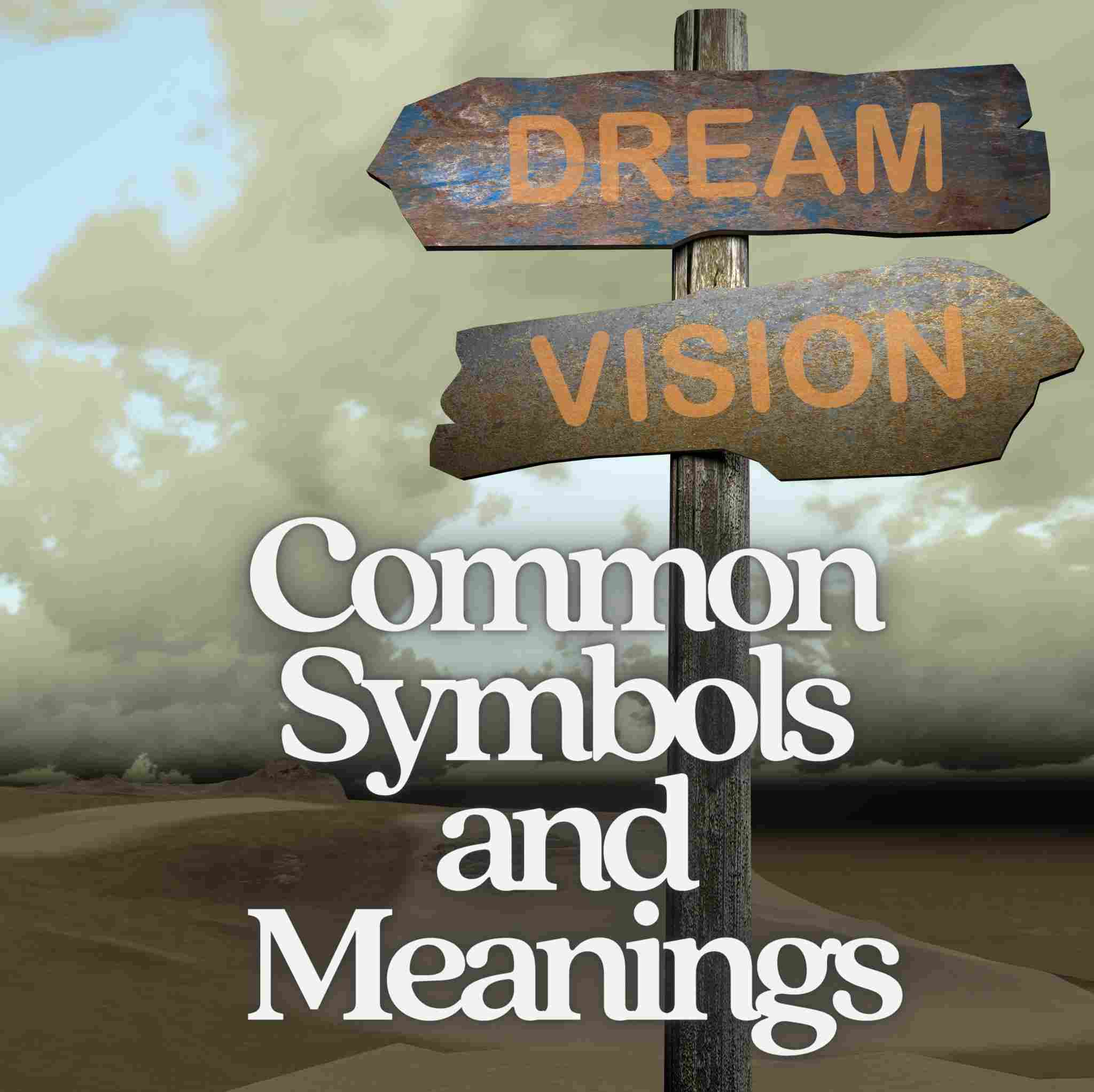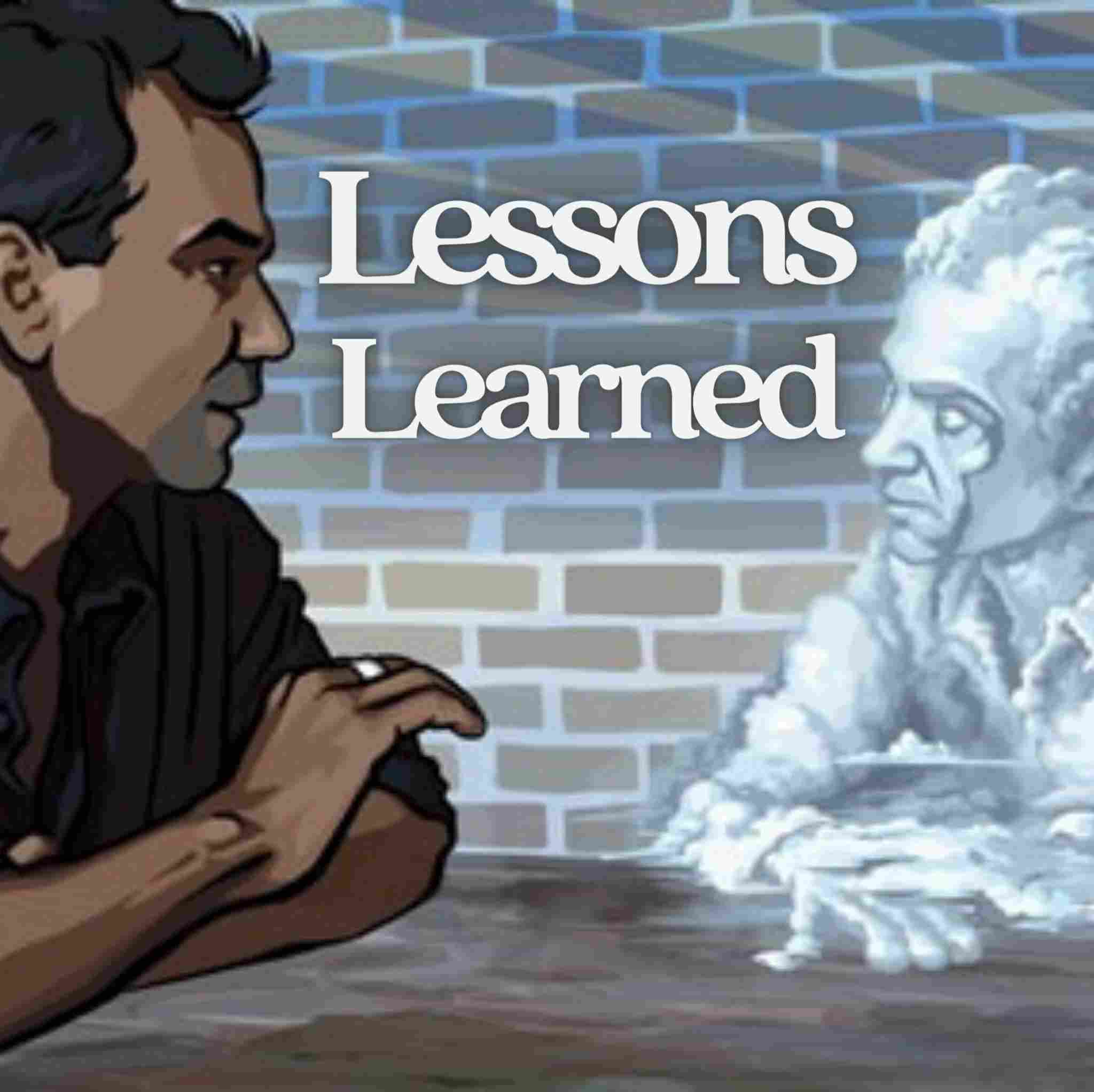Self Hypnosis for Lucid Dreaming

Self hypnosis is another powerful way to incubate lucid dreams.
Like meditation, it draws on the same relaxation response that helps calm your body, reduce stress hormones, and focus your mind on affirmative thoughts.
However, hypnotizing yourself is different from meditation because it uses auto suggestions to plant specific thoughts and affirmations. To use self hypnosis for lucid dreaming, use suggestions like: "I can remember my dreams clearly" and "The next scene will be a dream".
In this way, you can use hypnosis to improve your recall, program your dreams and increase your self awareness, teaching you to habitually recognize when you're dreaming - and thereby trigger lucidity.
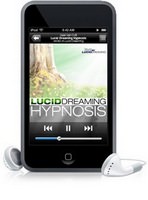 Lucid Dreaming Self Hypnosis
Lucid Dreaming Self Hypnosis
To listen to self hypnosis for lucid dreaming, see the special audio tools in our online learning platform. The guided visualizations and auto suggestions are designed to help incubate lucid dreams every time.
What is Self Hypnosis?
If self hypnosis is new territory for you, it may help to understand what's really going on in your mind while you're in hypnosis.
Hypnosis is the act of sending your brain into a relaxed trance. It makes you more suggestible than normal. It is not unnatural, evil, or mind control!
Hypnosis gets a lot of dubious press - most people are familiar with stage hypnotists, who often make fun of very suggestible people in a trance state. They convince their victims to perform embarrassing tricks such as flapping around like a chicken or humping a chair.
In the real world, hypnosis has much more productive uses in therapy and personal development. It gives you the ability to talk to your inner self and program your unconscious mind. So let's dispel a few myths about hypnosis:
- You are self aware during hypnosis. The deeper you go, the more you will become immersed in an inner reality. But you are always aware of the hypnotist's voice and instructions and what you do.
- You have complete control over yourself during hypnosis. You may be more suggestible but you still decide what you say and do. You can't be convinced to do anything that breaks your moral code.
- You can't get stuck in a hypnotic trance. Even if the hypnotist were to keel over midway through a session, you would surface from the trance naturally, just as you wake up after a night's sleep.
- Everyone can be hypnotized to some degree. We all enter hypnotic trances every day, whether we are watching TV, going through our morning routine, or staring out the window. Some of us are just more willing to become mesmerized than others.
In self hypnosis, you become closer to your inner voice and more suggestible. You'll enter a deep, relaxing trance, causing the release of endorphins (the natural happy chemicals). You can then plant any number of powerful auto suggestions to improve your life - in this case, to encourage lucid dreaming.
How To Hypnotize Yourself
Most people choose pre-recorded self hypnosis audios, which contain soothing music and specific instructions to guide the experience. However, it is possible to hypnotize yourself:
1. Get Comfortable
Find a comfortable place to sit or lie. Don't cross your arms or legs - have an open posture that is easy to stay in for the next 20 minutes.
Allow your eyes to close naturally. Take three deep, slow breaths - releasing any tension and anxiety as you do.
Observe the thoughts that enter your mind and gently release them without any interaction. Let yourself float.
2. Release Tension
Focus on releasing physical tension throughout your body. Starting from your toes, visualize each muscle relaxing and melting into the furniture. It brings a pleasant, warm feeling of relaxation.
Systematically release each muscle group, heightening the sense of relaxation every time.
Spend extra time on your shoulders, upper back and jaw, which hold a lot of tension. Visualizing soothing water or a golden glow may help to free up the muscles.
3. Visualize Your Way Down
Visualize yourself at the top of a staircase. This represents your consciousness. As you descend each stair one at a time, drift deeper and deeper into your soothing, relaxing trance state.
Count the steps if you like, starting from 10. Try rolling your eyes gently back into your head and keep your body still.
4. Place Auto-Suggestions
Once you reach the bottom of the staircase, you are ready to begin your auto suggestion script.
Softly repeat one or more of the following phrases in your mind (choose whichever feels right for you):
- "I can remember my dreams"
- "I can have lucid dreams"
- "I can become conscious in my dreams"
- "I can realize when I am dreaming"
- "I can control my dreams"
Of course, you can introduce any type of auto suggestion. Just remember to make every phrase positive and in the present tense:
- "I am calm and relaxed"
- "I am strong and confident"
- "I am in control of my destiny"
- "I can have everything I want"
- "I am healthy and energetic"
5. Wake Up Gently
Repeat your chosen affirmation as many times as you want. Revel in the feeling of deep relaxation. Visualize yourself achieving your goal.
When you're ready, prepare to wake up from your trance. Tell yourself you will count to 10, and with each step you will slowly return to full awareness. Then count upwards as you climb the steps in your mind.
Take a deep breath when you reach the top, then open your eyes. Sit for a moment if you like - and remember to stand up slowly.
Final Thoughts
Self hypnosis is a deeply relaxing state. I believe everyone should try it.
I used self hypnosis a lot when I was learning to lucid dream. I became very familiar with the hypnotist's voice on the tape. Even in the first few seconds of hearing his voice, my mind was triggered with a rush of thoughts about having more vivid dreams and becoming lucid. It became self-perpetuating.
It's good to fall into a self hypnosis routine - perhaps by listening every night just before sleep or when you wake up early in the morning. Your mind will relate the feelings induced with relaxation and lucid dreaming. In NLP this is called anchoring and it's a good way of quickly inducing a feeling or state of mind. There is no better time to do this than when you are in bed ready to dream.
 To listen to self hypnosis audios for lucid dreaming, see
The World of Lucid Dreaming Academy. Choose from Day and Night versions (depending on your schedule)
and the guided visualizations and auto suggestions help incubate
lucid dreams every time.
To listen to self hypnosis audios for lucid dreaming, see
The World of Lucid Dreaming Academy. Choose from Day and Night versions (depending on your schedule)
and the guided visualizations and auto suggestions help incubate
lucid dreams every time.






